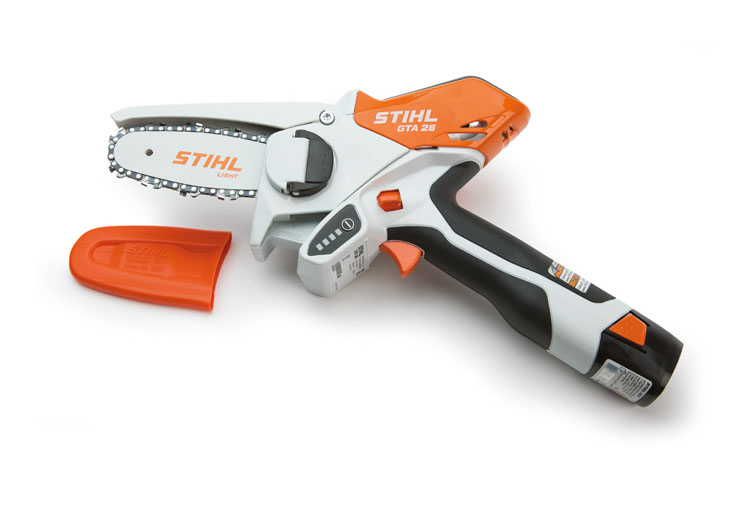Chainsaws are powerful tools used in various industries, from forestry to construction. Behind their seamless operation lies a crucial component known as the oil pump. In this blog post, we will delve deep into the intricate mechanisms of a chainsaw oil pump, explaining its functions, design, and maintenance. By the end, you will have a comprehensive understanding of how this vital component keeps your chainsaw running smoothly and efficiently.
- The Role of Chainsaw Oil Pump:
The chainsaw oil pump is responsible for lubricating the chain and guide bar, reducing friction and heat generated during operation. It ensures the longevity of the cutting components and enhances cutting performance. Without proper lubrication, the chainsaw's efficiency and lifespan would be significantly compromised. - Design and Components:
The oil pump consists of several key components, each playing a crucial role in its operation. These include:
- Oil Reservoir: Stores the oil used for lubrication.
- Pump Body: Houses the internal mechanisms and transfers oil to the chain.
- Worm Gear: Converts the rotational motion of the engine into reciprocating motion.
- Piston and Plunger: Regulate the oil flow rate based on engine speed.
- Oil Delivery Tube: Transports oil from the pump to the chain and guide bar.
- How the Oil Pump Works:
The oil pump operates in synchronization with the chainsaw's engine. As the engine runs, the worm gear engages with the crankshaft, converting rotational motion into reciprocating motion. This motion drives the piston and plunger, creating pressure within the pump. The oil, stored in the reservoir, is then drawn into the pump body through an intake valve. The piston's movement forces the oil through the delivery tube, where it is distributed onto the chain and guide bar, ensuring optimal lubrication. - Factors Affecting Oil Pump Performance:
Several factors can impact the performance of a chainsaw oil pump, including:
- Oil Viscosity: Using the recommended oil viscosity ensures proper flow and lubrication.
- Cleanliness: Regularly cleaning the oil pump and its components prevents clogs and debris buildup.
- Maintenance: Proper maintenance, such as regular oil changes and filter replacements, keeps the pump functioning optimally.
- Operating Conditions: Extreme temperatures and prolonged use can affect oil pump performance, requiring adjustments or replacements.
- Troubleshooting and Maintenance Tips:
To maintain the efficiency of your chainsaw oil pump, consider the following tips:
- Regularly inspect the oil pump for any signs of damage or wear.
- Clean the oil pump and its components thoroughly to remove debris and prevent clogs.
- Use high-quality oil recommended by the manufacturer to ensure optimal lubrication.
- Follow the manufacturer's guidelines for oil changes and filter replacements.
- Monitor the oil flow rate and adjust if necessary.
Conclusion:
Understanding how a chainsaw oil pump works is essential for maintaining the performance and longevity of your chainsaw. By providing proper lubrication to the chain and guide bar, the oil pump ensures smooth operation and efficient cutting. Regular maintenance and adherence to manufacturer guidelines will help you get the most out of your chainsaw and keep it running at its best.

